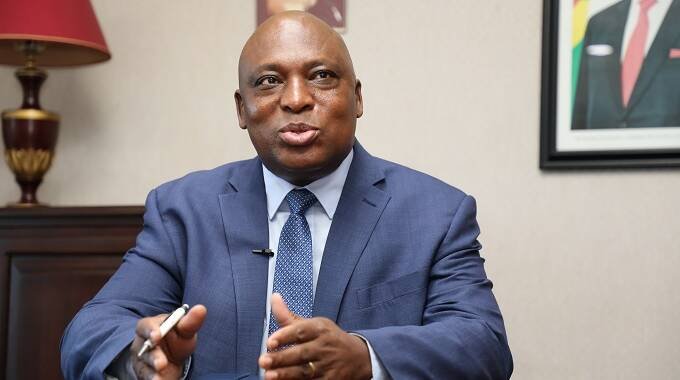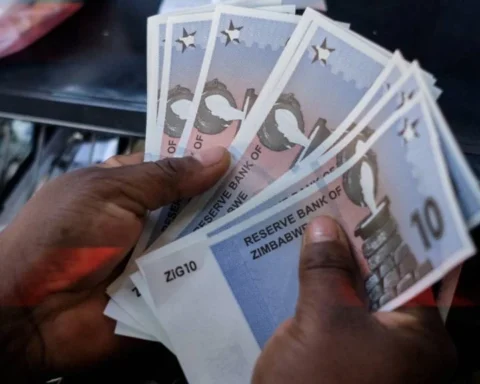The Reserve Bank of Zimbabwe (RBZ) has announced the completion of printing and minting the new Zimbabwe Gold (ZiG) banknotes and coins, scheduled for introduction into the market next Tuesday. In an exclusive interview with The Sunday Mail, RBZ Governor Dr. John Mushayavanhu disclosed that the new currency denominations, backed by a combination of gold, precious minerals, and foreign currency reserves, were produced domestically. He reassured the public that the central bank has generated a sufficient quantity of notes and coins to meet market demands.
Dr. Mushayavanhu explained that the delay in releasing physical notes and coins was intentional, allowing for extensive public education campaigns. The aim is to ensure that stakeholders comprehend and embrace the new currency seamlessly. The gradual introduction of ZiG notes will span denominations from ZiG1 to ZiG200, accompanied by half ZiG and quarter ZiG coins.
“The new currency has already been introduced,” affirmed Dr. Mushayavanhu. “It was introduced on April 5 when we announced the Monetary Policy Statement. On that day, we converted all our Zimbabwe dollar balances into ZiG. The next stage is now to introduce the notes and coins. And these are the ones that are going to be introduced on April 30. The money has already been printed. It is there.”
To mitigate potential risks associated with the transition, the RBZ is conducting extensive educational campaigns to raise awareness about the features of the new currency. Dr. Mushayavanhu emphasized the importance of these efforts in preventing fraudulent activities, ensuring the smooth adoption of ZiG by the public.
Additionally, the central bank is collaborating with the Ministry of Information, Publicity, and Broadcasting Services to disseminate information about the new currency across the country. Dr. Mushayavanhu stressed that ZiG is a stable currency, whose value has been progressively appreciating since its introduction.
“ZiG is a stable currency. If you have been watching developments of late, since we introduced the new currency on April 5, it has been trading now for over a week,” stated Dr. Mushayavanhu. “And every day it has been strengthening. It is mainly influenced by the movements in the price of gold.”
Furthermore, measures outlined in the Monetary Policy Statement are expected to ensure inflation remains under control. Dr. Mushayavanhu highlighted Treasury’s decision to demand payment of half of corporate taxes in the local currency as a strategy to drive up demand for ZiG.
Dr. Keen Mhlanga, a Harare-based investment adviser, provided insights into the significance of ZiG’s gold backing. “The introduction of a new currency, known as Zimbabwe Gold, has a mark on the economy,” noted Dr. Mhlanga. “Pegging currency against gold implies that when the price rises, so will the value of the currency. Also, mechanisms put in place to audit the money issued against reserves are basic drivers of currency value.”
According to Mushayavanhu, the introduction of the new currency marks a significant milestone in Zimbabwe’s monetary landscape, replacing the rapidly depreciating Zimbabwe dollar. Supported by US$100 million in foreign currency reserves and 2.5 tonnes of gold valued at US$185 million, the new currency is poised to stabilize the economy and restore confidence in the financial system.








